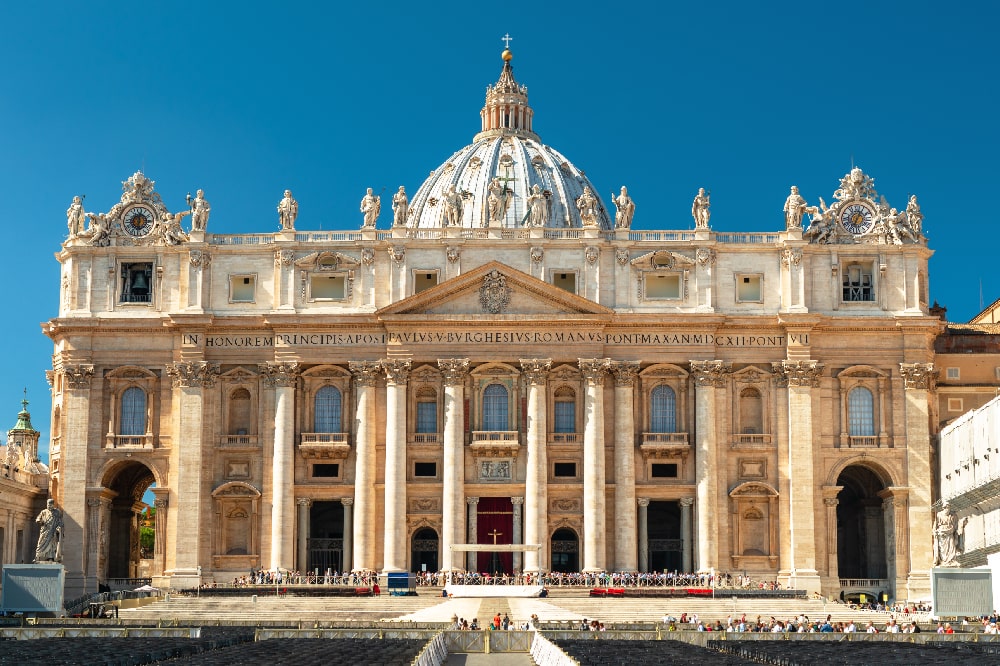We discover the figure of Saint Margaret of Cortona, the Nova Magdalena (New Magdalene), famous among saints and blessed
for being the protector of pregnant women.
Contents
Saint Margaret of Cortona had a life full of events – not always happy – which led her to the fame of holiness even before she died. The most significant places and episodes of his life still bear the traces of his presence today.
Life of Saint Margaret of Cortona
Margherita was born in Laviano, on the border between Tuscany and Umbria, in 1247. Still a child, she loses her mother and her father remarried: thus begins the adventures of little Margherita who, as in fairy tales, is the victim of her stepmother’s jealousy and torments. At eighteen, Margherita falls in love with Arsenio, a young man from Montepulciano. It is an opportunity for redemption: the two decide to flee together, to get married. However, his family opposes the union, even after the birth of a child, and Margherita finds herself living in a situation of illegitimate coexistence that brings her a lot of inner suffering. Arsenio’s family does not welcome her – and neither does the rest of the nobility of Montepulciano – and Margherita tries to respond to the situation of suffering by dedicating herself generously to the poor.
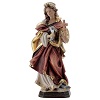
The situation is complicated when Arsenio is killed, after nine years of living together: there is no more space for Margherita in the castle; she seeks refuge with her father but here too she is refused, through the intervention of her stepmother. Now homeless, Margherita heads to Cortona – perhaps inspired by the Holy Spirit. Finally, someone welcomes her: they are the Franciscan Minor friars of Cortona, who treat her like a daughter, prepare a cell for her in the old convent and accompany her on an intense journey of conversion.
For several years he undergoes penance and lives a life of profound prayer. She decides to enter the Franciscan Third Order but is refused for about three years because she is “too beautiful and young”. It was then admitted in 1277.
A local noble, Diabella, offers her a cell within the walls of her palace. Margherita entrusts her son to the care of a tutor from Arezzo, moves to her new cell and dedicates herself to a life of prayer and service to others. He follows his son’s studies from afar, with affection and attention. He develops great spiritual and faith skills and plays an important role in admonishing the Franciscans who deviated from right preaching and in pacifying the disputes between Guelphs and Ghibellines.
In 1288 he went to live as a recluse under the fortress of Cortona, near the ruins of the church of San Basilio. By now she is already very famous and it is thought that among the many people who seek her for advice and help there is a young Dante Alighieri.
On 22 February 1297 Margaret died after several days of prayer and meditation.
Santa Margherita da Cortona: protector of women who have to give birth
In 1278, with the help of Diabella and the nobility of the area, Margherita founded the Casa Santa Maria della Misericordia, a small hospital to welcome the sick and the needy, which still exists. In particular, she was highly regarded for the help she gave to pregnant women, before and during childbirth. For this reason, today she is venerated as the protector of women in childbirth.

The miracles of Santa Margherita da Cortona
After her death, her veneration grew also thanks to the numerous miracles attributed to her intercession. One of the best known was the protection of the city of Cortona from the attack of Charles V in 1529: despite being unguarded in front of the 25,000 enemy soldiers, the army managed to repel the assault. Her holiness is also testified by a writing by Fra Giunta Bevegnati, her confessor: Legenda de vita et miraculis beatae Margheritae de Cortona. Pope Innocent X approved its cult in 1653 and Benedict XIII canonised it in 1728.
Feast of Santa Margherita da Cortona
On the day when the saint is commemorated, February 22, both Laviano and Cortona are involved in the celebrations. In 2020, a procession took place from the place of birth of the saint to that of her death. A popular proverb accompanies the anniversary: “the feast of Margherita of snow or flowers is always dressed”. The time of year marks the final part of winter and the scent of approaching spring.

Sanctuary of Santa Margherita da Cortona
The sanctuary dedicated to Margherita stands in the same place where the saint retired before dying. The church present there at the time of the saint was dedicated to San Basilio but was in ruins after the sacking of Cortona in 1258. Thanks to the intervention of Margherita it was restored. After her death, Margherita was buried in that same church. Later built a larger church, in 1330 the body of the saint was married there. Inside the sanctuary, you can still see a precious wooden crucifix: the same one in front of which the saint prayed and put herself in a relationship with the Lord.



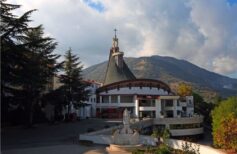


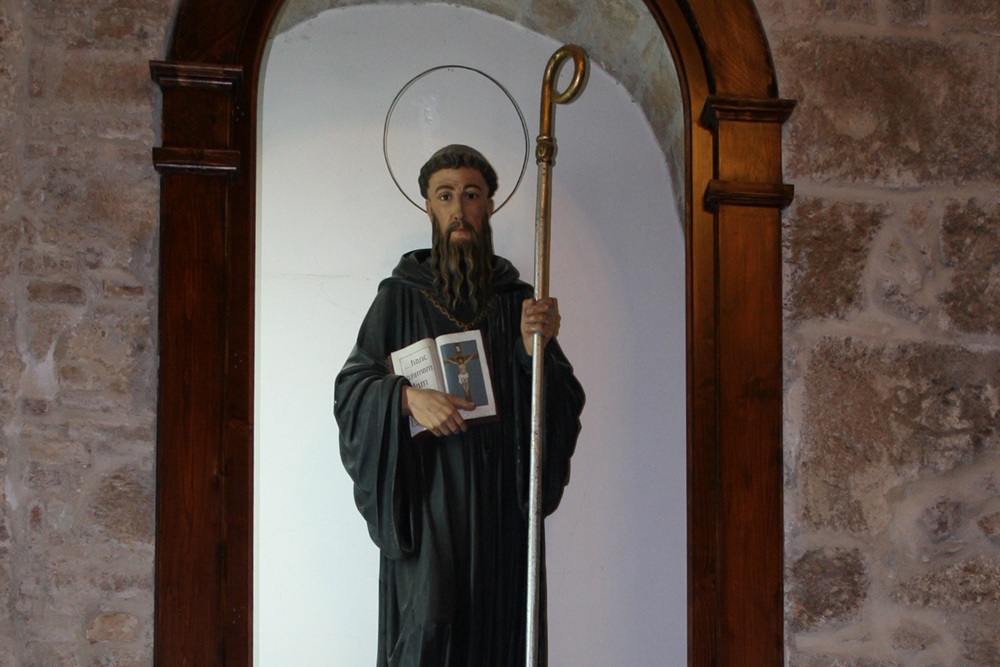
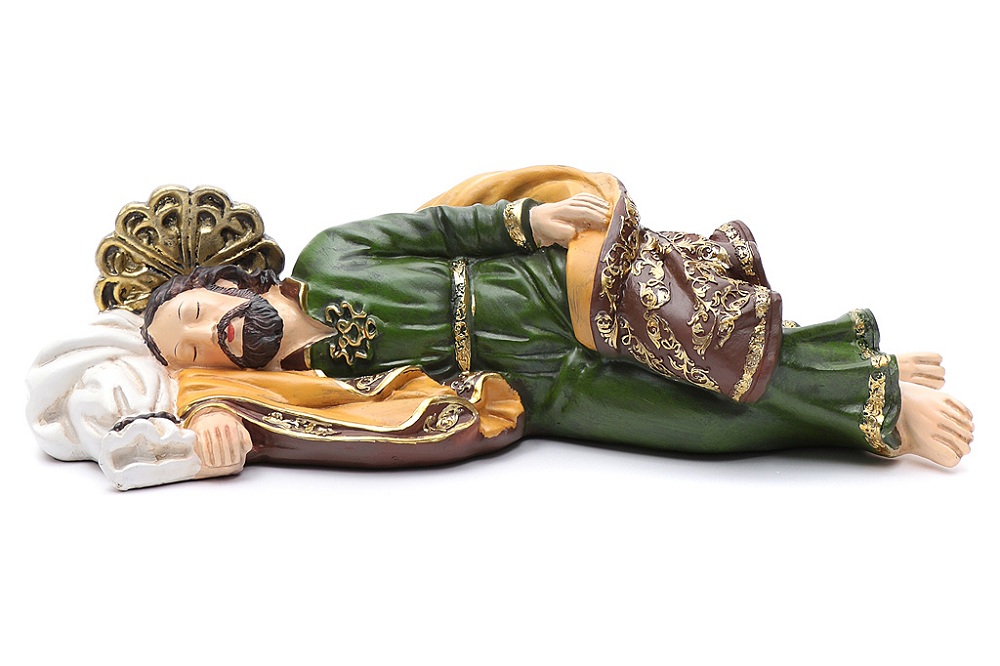
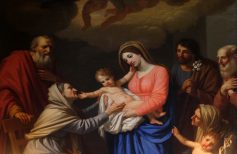
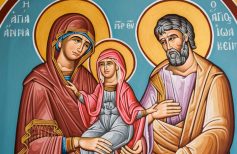
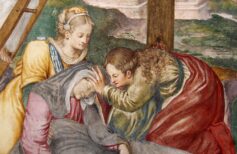








 25 August 2025
25 August 2025

